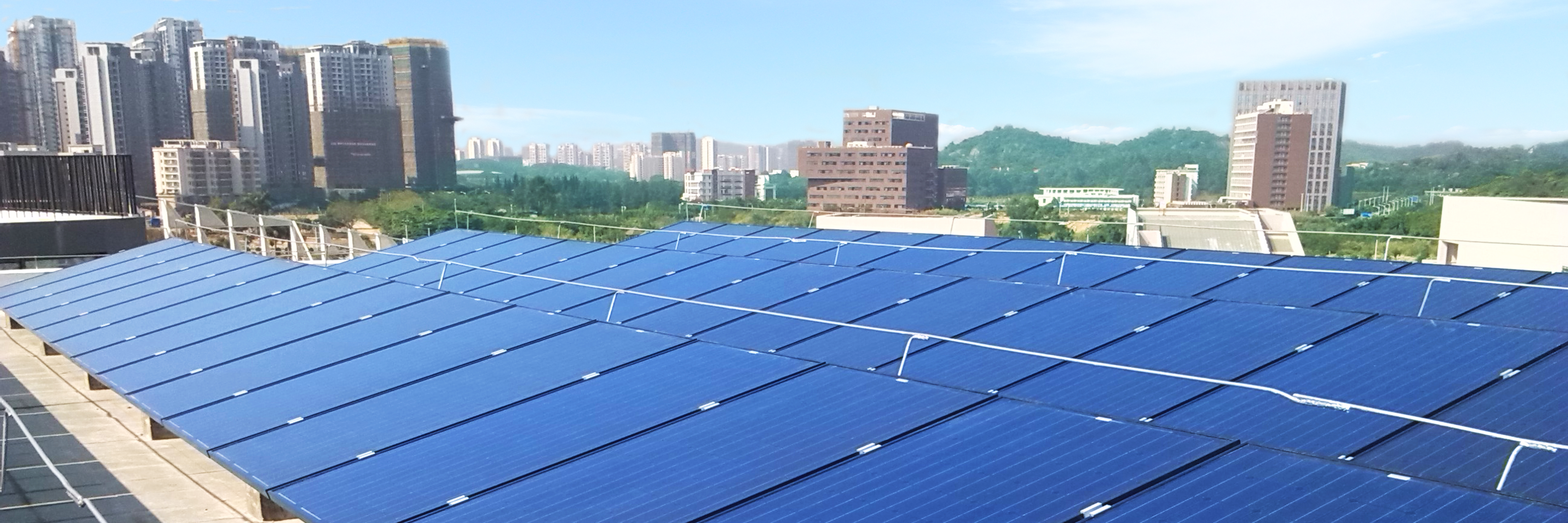The FusionSolar Smart PV Residential & Commercial Solution is the latest addition to Huawei’s comprehensive offering for the solar industry, completing this product line by providing expansion to cover the C&I solar segment. As prices for solar continue to fall, companies are increasingly interested in sourcing their own electricity, creating a boom for this segment across the globe.
But C&I solar installations bring plenty of challenges to technology providers, from optimizing energy yields and integrating storage, to ensuring safety and security where rooftop installations are placed close to populated areas and on top of valuable buildings. “The distributed rooftop structure is complex,” explains Bin Xie, Director of Huawei’s Smart PV Business Unit. “And there are still many opportunities for improvement in the commercial PV segment.”
Huawei’s solution aims to meet the specific demands of this fast-growing segment through a range of innovative features focused on safety, ease of installation, and simple operation and energy management assisted by artificial intelligence. While launched globally at The smarter E, initial focus for the product will be on European markets, with high demand also expected in Australia.
The core of the offering is Huawei’s SUN2000 inverter, which for the C&I solution is available in 10 different capacities, recommended for installations between 3 and 20 kW, with maximum efficiencies in the range of 98.2-98.65%. All of the extras that Huawei’s FusionSolar Smart PV solution is known for are incorporated, such as IP65 protection for outdoor installation, fanless cooling for increased reliability and compatibility with energy storage solutions, and module level optimizers. The solution operates at a volume of 29 decibels, which Huawei describes as ‘library level noise.’
Easy installation
Weighing in at as little as 17 kg, Huawei’s C&I inverter is smaller and lighter than many of its competitors, and there is no need to open the cover during installation. The company says this means it can be installed and set up by just one person, saving on time and costs.
To ease the installation process even further, Huawei has integrated several AI features to its commercial offering. Bringing its experience as a leader in the telecommunications industry to its solar solution, Huawei integrates a HiSilicon chipset with multiple channel signal modulation and transmission features – which it says will bring the time for optimizer pairing down to less than one minute.
Using AI image recognition technology, the solution is able to identify the component location and the optimizer QR code – automatically generating the physical system layout view. This significantly reduces time allocation, from more than 20 minutes to less than five seconds, according to company representatives. Huawei’s Smart I-V curve analysis is able to identify multiple system faults at the touch of a button, with no need for additional inspection.
Safety
Fire safety is a key concern in rooftop PV, and in many leading markets regulations are emerging that require system suppliers to integrate functions such as module-level rapid shutdown to reduce the risk of electrical fires. With its new commercial solution, Huawei has gone far beyond these requirements with an AI innovation that it says can detect increased risks before they escalate, and isolate parts of the system to prevent fires before they occur. “Rapid shutdown technology can reduce the voltage to the safe standard in the initial installation and future maintenance scenarios,” explains Xie. “But fundamentally, it cannot eliminate the risk of fire.”
This is where Huawei’s arc-fault circuit interrupter (AFCI) comes in. Using AI, the solution can detect arcing within the system, and automatically isolate and shutdown the faulty inverter completely until the problem is resolved.
Arcing is one of the most common faults leading to fires in a PV system, often caused by breakdown of conductor continuity and system insulation – common problems as PV systems age. The electrical breakdown of air that produces a prolonged electrical discharge can reach temperatures of more than 3,000 degrees Celsius. This problem primarily occurs on the DC side of a system, as it requires continuous voltage and other conditions not found on the AC side of a system.
To mitigate this risk, more and more systems include inverters with an AFCI capability. But the detection methods deployed vary, and distinguishing actual arcing from other noise in the cable caused by switching circuits in the inverter or even other appliances such as neon lights or vacuum cleaners can be tricky, leading some solutions to suffer from frequent false alarms and nuisance tripping, reducing the system’s efficiency without any real safety concern.
Huawei’s FusionSolar Smart PV Residential & Commercial solution employs an innovative, AI-driven method for arc fault detection. According to Huawei, the system can identify a wide range of signs that point to arcing and is also able to ‘learn’ and accumulate characteristic parameters, improving its ability to reliably and accurately detect arcing anywhere in the DC line. The system also features a confirmation mechanism to protect against arc faults, and to effectively eliminate nuisance tripping.
Monitoring
Huawei’s commercial PV solution is packed with features designed to give system owners insight and control over their energy consumption, as well as to minimize operations and maintenance requirements, and protect the system itself from damage and degradation.
Huawei’s inverters also feature built-in PID recovery, which in testing conducted by Hasselt University’s research institutes, IMO and IMOMEC, showed that a module which suffered 93% degradation after 96 hours in a testing chamber at 60°C, 60% relative humidity, and 1000 VDC, degraded just 22% under the same conditions with Huawei’s PID recovery. The built-in PID recovery feature reduces output loss by up to a staggering 70%.
This content is protected by copyright and may not be reused. If you want to cooperate with us and would like to reuse some of our content, please contact: editors@pv-magazine.com.
